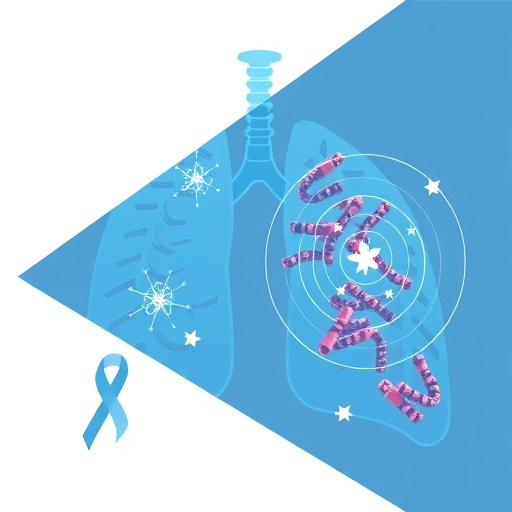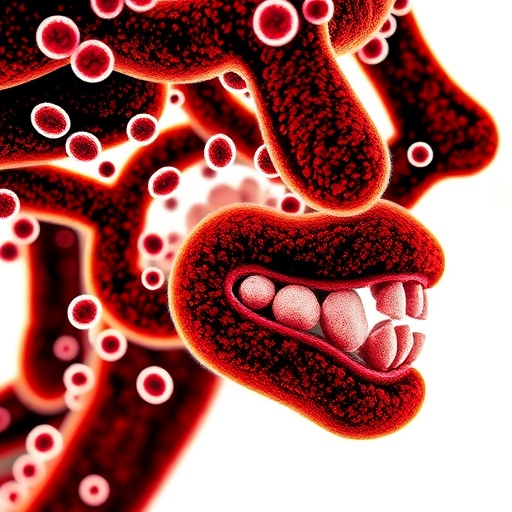PROTECT YOUR DNA WITH QUANTUM TECHNOLOGY
Orgo-Life the new way to the future Advertising by AdpathwayRecent advancements in sustainable energy solutions have triggered significant interest in the development of innovative materials for renewable energy technologies, particularly in the realm of solar energy conversion. One notable study that aims to enhance the efficiency and sustainability of dye-sensitized solar cells (DSSCs) is the investigation into the impact of heteroatom doping on porous carbon derived from bean curd sticks. This research, conducted by an accomplished team, provides critical insights into the fabrication of platinum-free counter electrodes for DSSCs, which is vital for reducing costs and enhancing the overall performance of solar energy systems.
Heteroatom doping refers to the introduction of elements other than carbon into the carbon matrix, which can significantly modify the electronic properties of the resulting material. In the context of porous carbon derived from bean curd sticks, this modification offers potentially transformative enhancements to the electrochemical performance of counter electrodes. The benefits of such doping are critical as the efficiency of DSSCs is largely determined by the quality of the counter electrode. By engineering the microstructure and electronic properties through heteroatom doping, researchers are aiming to produce materials capable of outperforming traditional materials used in the industry, such as platinum.
The bean curd stick, a byproduct of the food industry, serves as an exemplary raw material due to its rich carbon content and biocompatibility. Utilizing agricultural waste not only promotes sustainability but minimizes the environmental impact associated with raw material extraction. This biowaste is transformed into a porous carbon structure through a series of processes that involve carbonization and activation, resulting in a material with an extensive surface area and enhanced porosity. These features are essential for facilitating electron transport and improving the overall efficiency of the solar cells.
The research explores various heteroatoms, including nitrogen, sulfur, and phosphorus, which are integrated into the porous carbon matrix. Each of these elements introduces unique electronic characteristics and can enhance the catalytic activity of the counter electrodes. For instance, nitrogen doping is known to increase the conductivity of carbon materials, thereby promoting better electrochemical kinetics. The synergistic effects of these various dopants can significantly facilitate the reduction of the counter electrode, thereby enhancing the performance of the overall solar cell.
Additionally, the study employs various characterization techniques to analyze the structural and functional properties of the doped porous carbon. Techniques such as scanning electron microscopy (SEM) and transmission electron microscopy (TEM) are utilized to visualize the morphology of the created carbon structures, while electrochemical impedance spectroscopy (EIS) provides valuable data on the charge transfer mechanisms at play. These analyses are crucial, as understanding the interplay between structure and function is key to optimizing material performance and ensuring long-term stability in practical applications.
The electrochemical performance of the developed counter electrodes is rigorously tested and compared against conventional platinum-based electrodes. While platinum has long been considered the gold standard for counter electrodes due to its high activity and stability, its cost and scarcity present a significant barrier to widespread adoption. The emergence of sustainable alternatives such as the bean curd stick-derived porous carbon opens new avenues for cost-effective solar energy technologies that can be scalable and widely implemented.
The scope of this research goes beyond the immediate implications for solar energy. By exploring the potential of agricultural waste as a source of high-performance material, the study underscores a broader trend in materials science towards sustainability. The transition from a linear economy, characterized by extraction and disposal, to a circular economy, which emphasizes recycling and repurposing, is vital for addressing the growing challenges posed by climate change and resource depletion. This innovative approach not only showcases the versatility of waste materials but also promotes a more sustainable method of production that aligns with global efforts to reduce carbon footprints.
Moreover, this line of investigation contributes to the growing body of literature advocating for the use of renewable resources in electronic materials. The notion of treating waste as a resource thus holds the potential to not only tackle energy issues but also provide solutions for waste management, further intertwining environmental sustainability and technological advancement. As countries continue to seek pathways toward energy independence and sustainability, research focused on such innovative materials will play an increasingly important role in shaping future energy landscapes.
The findings presented in this study could have profound implications for the solar energy industry. As the demand for more economical and efficient solar cells continues to rise, the adoption of this novel piezoelectric carbon material derived from bean curd sticks could spur further research and development in the field. It is a forward-thinking approach, paving the way for third-generation solar cells that utilize these novel materials, showcasing a unique fusion of scientific ingenuity and environmental consciousness.
As we move toward a future where renewable energy becomes the cornerstone of all power generation, the implications of such studies become even more paramount. By continuing to develop and refine techniques that leverage sustainable materials and innovative processes, researchers hold the key to unlocking the full potential of solar energy. The energy landscape is undoubtedly on the cusp of a significant transformation, where materials science and environmental stewardship work hand in hand to create durable and efficient energy solutions.
In conclusion, the impact of heteroatom doping on bean curd stick-derived porous carbon represents a pivotal advancement in the development of platinum-free counter electrodes for dye-sensitized solar cells. The myriad benefits associated with using agricultural waste as a feedstock, paired with the enhancement of electronic properties through heteroatom doping, opens pathways toward sustainable and cost-effective solar technologies. This research not only reveals significant findings for energy systems but also serves as a prime example of how integrating eco-conscious materials can lead to groundbreaking developments in the field. Encouraging the adoption of such practices worldwide will undeniably foster an era of renewable energy innovation.
Subject of Research: Impact of heteroatom doping on bean curd stick-derived porous carbon for sustainable counter electrodes in Dye-Sensitized Solar Cells.
Article Title: Impact of heteroatom doping on Bean Curd Stick derived porous carbon for sustainable Pt free counter electrodes in Dye-Sensitized Solar Cells.
Article References: Saravanan, K.K., Venkatesan, D. & Regan, R. Impact of heteroatom doping on Bean Curd Stick derived porous carbon for sustainable Pt free counter electrodes in Dye-Sensitized Solar Cells. Ionics (2025). https://doi.org/10.1007/s11581-025-06787-z
Image Credits: AI Generated
DOI: https://doi.org/10.1007/s11581-025-06787-z
Keywords: Heteroatom doping, Porous carbon, Bean curd stick, Sustainable materials, Dye-sensitized solar cells, Platinum-free electrodes, Electrochemical performance, Renewable energy, Carbon nanomaterials, Agricultural waste, Circular economy, Energy innovation.
Tags: bean curd sticks in energy applicationscost reduction in solar cellsdye-sensitized solar cells efficiencyelectrochemical performance enhancementHeteroatom doping in porous carboninnovative materials for DSSCsmicrostructure engineering in carbonplatinum-free counter electrodesRenewable Energy Technologiessolar energy conversion advancementssustainable energy solutionssustainable materials for solar energy


 11 hours ago
9
11 hours ago
9





















 English (US) ·
English (US) ·  French (CA) ·
French (CA) ·